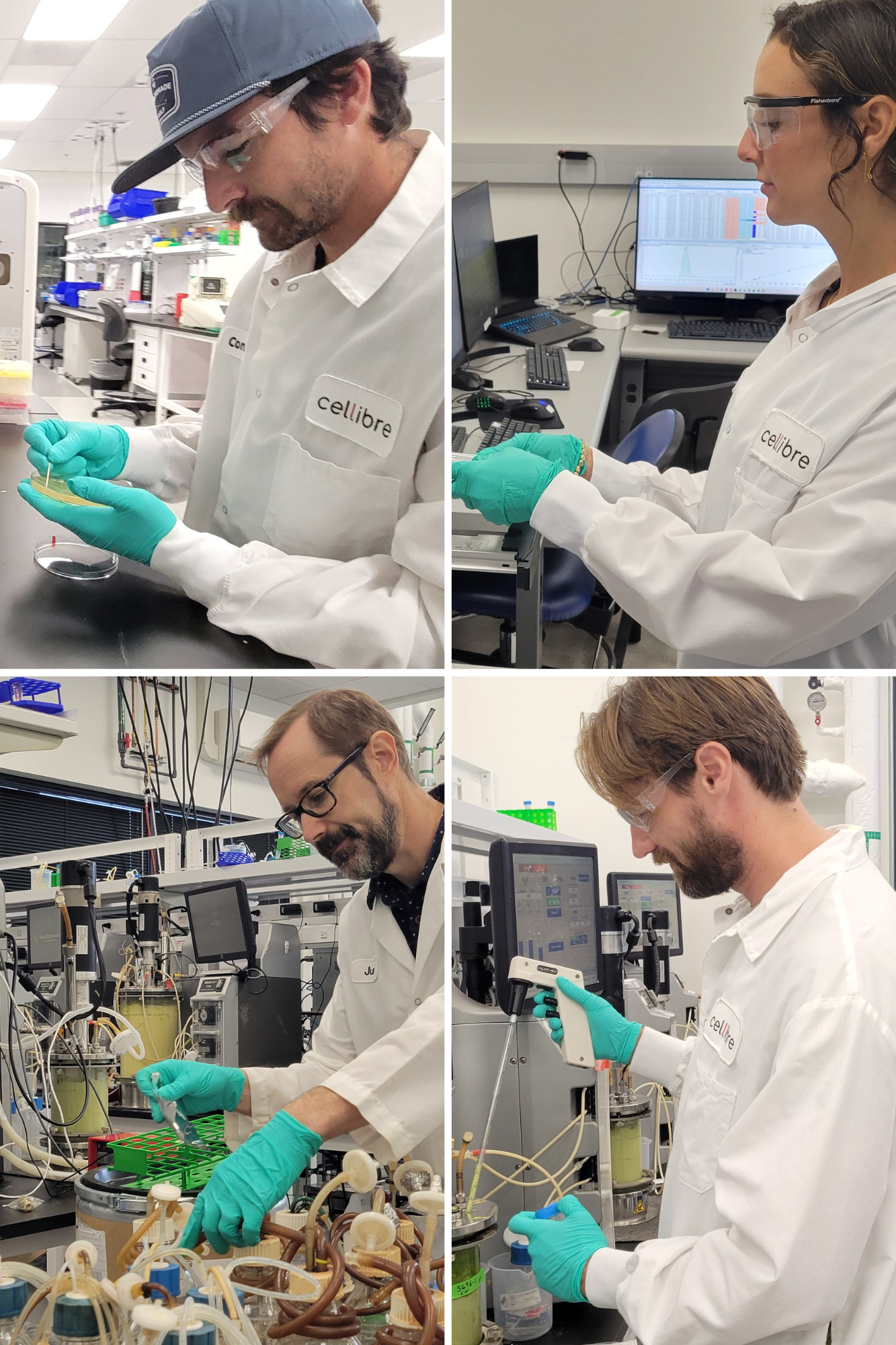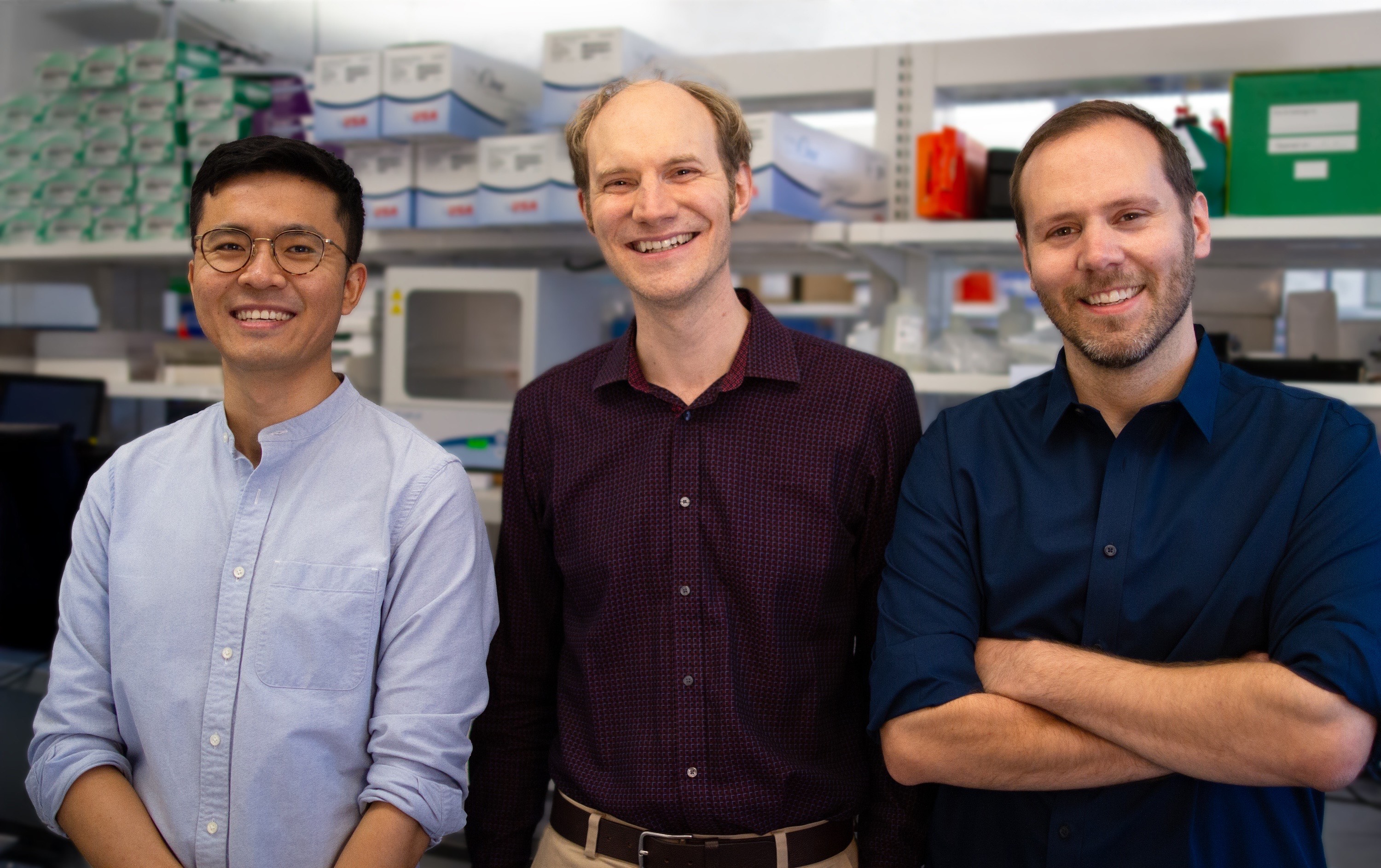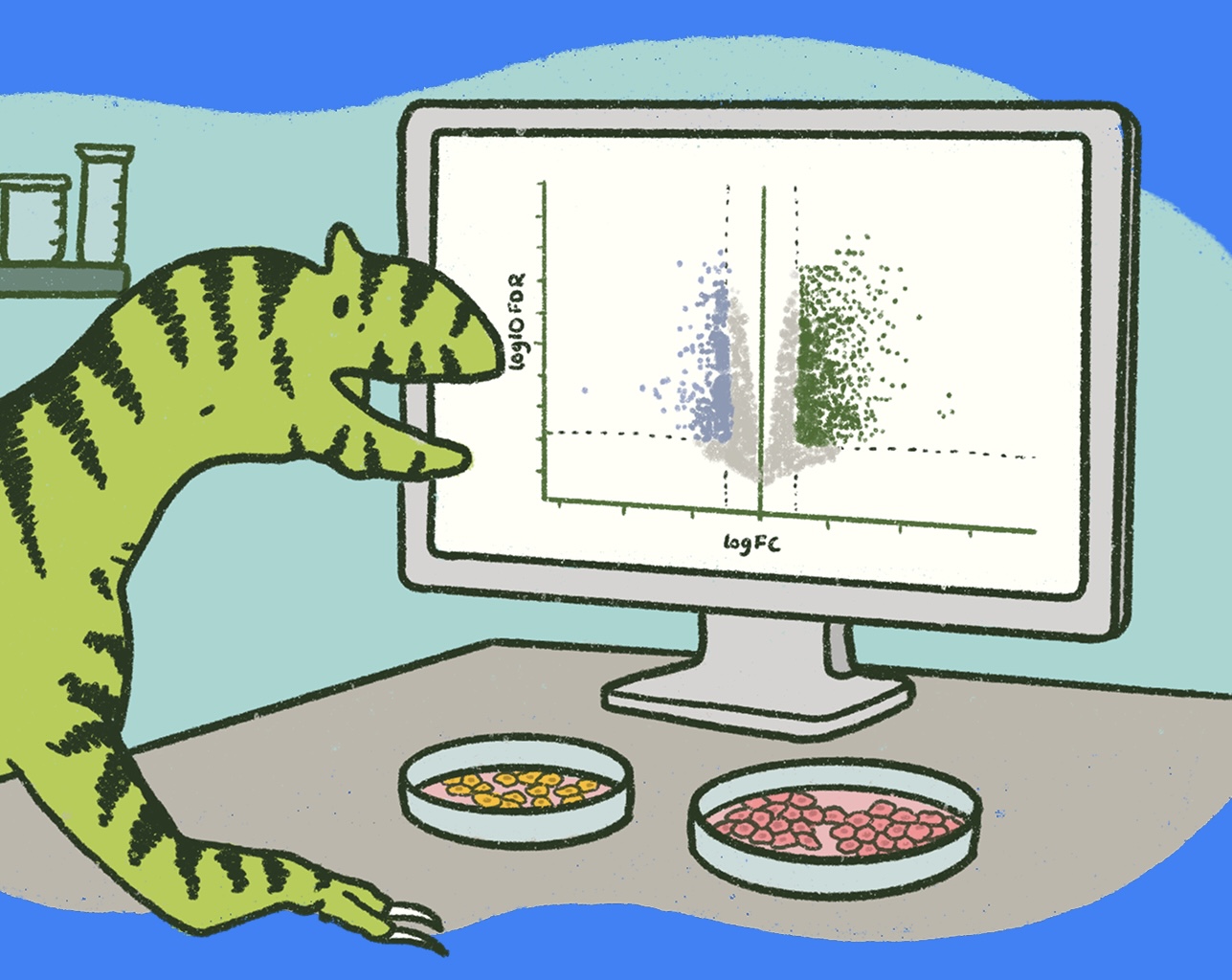Guesstimating the Size of the Global Array Synthesis Market
After chats with a variety of interested parties over the last couple of months, I decided it would be useful to try to sort out how much DNA is synthesized annually on arrays, in part to get a better handle on what sort of capacity it represents for DNA data storage. The publicly available numbers, as usual, are terrible, which is why the title of the post contains the word "guesstimating". Here goes.First, why is this important? As the DNA synthesis industry grows, and the number of applications expands, new markets are emerging that use that DNA in different ways. Not all that DNA is produced using the same method, and the different methods are characterized by different costs, error rates, lengths, throughput, etc. (The Wikipedia entry on Oligonucleotide Synthesis is actually fairly reasonable, if you want to read more. See also Kosuri and Church, "Large-scale de novo DNA synthesis: technologies and applications".) If we are going to understand the state of the technology, and the economy built on that technology, then we need to be careful about measuring what the technology can do and how much it costs. Once we pin down what the world looks like today, we can start trying to make sensible projections, or even predictions, about the future.While there is just one basic chemistry used to synthesize oligonucleotides, there are two physical formats that give you two very different products. Oligos synthesized on individual columns, which might be packed into 384 (or more) well plates, can be manipulated as individual sequences. You can use those individual sequences for any number of purposes, and if you want just one sequence at a time (for PCR or hybridization probes, gene therapy, etc), this is probably how you make it. You can build genes from column oligos by combining them pairwise, or in larger numbers, until you get the size construct you want (typically of order a thousand bases, or a kilobase , at which point you start manipulating the kB fragments). I am not going to dwell on gene assembly and error correction strategies here; you can Google that.The other physical format is array synthesis, in which synthesis takes place on a solid surface consisting of up to a million different addressable features, where light or charge is used to control which sequence is grown on which feature. Typically, all the oligos are removed from the array at once, which results in a mixed pool. You might insert this pool into a longer backbone sequence to construct a library of different genes that code for slightly different protein sequences, in order to screen those proteins for the characteristics you want. Or, if you are ambitious, you might use the entire pool of array oligos to directly assemble larger constructs such as genes. Again, see Google, Codon Devices, Gen9, Twist, etc. More relevant to my purpose here, a pool of array-synthesized oligos can be used as an extremely dense information storage medium. To get a sense of when that might be a viable commercial product, we need to have an idea of the throughput of the industry, and how far away from practical implementation we might be.Next, to recap, last year I made a stab at estimating the size of the gene synthesis market. Much of the industry revenue data came from a Frost & Sullivan report, commissioned by Genscript for its IPO prospectus. The report put the 2014 market for synthetic genes at only $137 million, from which I concluded that the total number of bases shipped as genes that year was 4.8 billion, or a bit less than a duplex human genome. Based on my conversations with people in the industry, I conclude that most of those genes were assembled from oligos synthesized on columns, with a modest, but growing, fraction from array oligos. (See "On DNA and Transistors", and preceding posts, for commentary on the gene synthesis industry and its future.)The Frost & Sullivan report also claims that the 2014 market for single-stranded oligonucleotides was $241 million. The Genscript IPO prospectus does not specify whether this $241 million was from both array- and column-synthesized oligos, or not. But because Genscript only makes and uses column synthesis, I suspect it referred only to that synthesis format. At ~$0.01 per base (give or take), this gives you about 24 billion bases synthesized on columns sold in 2014. You might wind up paying as much as $0.05 to $0.10 per base, depending on your specifications, which if prevalent would pull down the total global production volume. But I will stick with $0.01 per base for now. If you add the total number of bases sold as genes and the bases sold as oligos, you get to just shy of 30 billion bases (leaving aside for the moment the fact that an unknown fraction of the genes came from oligos synthesized on arrays).So, now, what about array synthesis? If you search the interwebs for information on the market for array synthesis, you get a mess of consulting and marketing research reports that cost between a few hundred and many thousands of dollars. I find this to be an unhelpful corpus of data and analysis, even when I have the report in hand, because most of the reports are terrible at describing sources and methods. However, as there is no other source of data, I will use a rough average of the market sizes from the abstracts of those reports to get started. Many of the reports claim that in 2016 the global market for oligo synthesis was ~$1.3 billion, and that this market will grow to $2.X billion by 2020 or so. Of the $1.3B 2016 revenues, the abstracts assert that approximately half was split evenly between "equipment and reagents". I will note here that this should already make the reader skeptical of the analyses, because who is selling ~$260M worth of synthesis "equipment"? And who is buying it? Seems fishy. But I can see ~$260M in reagents, in the form of various columns, reagents, and purification kit. This trade, after all, is what keeps outfits like Glenn Research and Trilink in business.Forging ahead through swampy, uncertain data, that leaves us with ~$650M in raw oligos. Should we say this is inclusive or exclusive of the $241M figure from Frost & Sullivan? I am going to split the difference and call it $500M, since we are already well into hand waving territory by now, anyway. How many bases does this $500M buy?Array oligos are a lot cheaper than column oligos. Kosuri and Church write that "oligos produced from microarrays are 2–4 orders of magnitude cheaper than column-based oligos, with costs ranging from $0.00001–0.001 per nucleotide, depending on length, scale and platform." Here we stumble a bit, because cost is not the same thing as price. As a consumer, or as someone interested in understanding how actually acquiring a product affects project development, I care about price. Without knowing a lot more about how this cost range is related to price, and the distribution of prices paid to acquire array oligos, it is hard to know what to do with the "cost" range. The simple average cost would be $0.001 per base, but I also happen to know that you can get oligos en masse for less than that. But I do not know what the true average price is. For the sake of expediency, I will call it $0.0001 per base for this exercise.Combining the revenue estimate and the price gives us about 5E12 bases per year. From there, assuming roughly 100-mer oligos, you get to 5E10 difference sequences. And adding in the number of features per array (between 100,000 and 1M), you get as many as 500,000 arrays run per year, or about 1370 per day. (It is not obvious that you should think of this as 1370 instruments running globally, and after seeing the Agilent oligo synthesis operation a few years ago, I suggest that you not do that.) If the true average price is closer to $0.00001 per base, then you can bump up the preceding numbers by an order of magnitude. But, to be conservative, I won't do that here. Also note that the ~30 billion bases synthesized on columns annually are not even a rounding error on the 5E12 synthesized on arrays.Aside: None of these calculations delve into the mass (or the number of copies) per synthesized sequence. In principle, of course, you only need one perfect copy of each sequence, whether synthesized on columns or arrays, to use DNA in any just about application (except where you need to drive the equilibrium or reaction kinetics). Column synthesis gives you many more copies (i.e., more mass per sequence) than array synthesis. In principle — ignoring the efficiency of the chemical reactions — you could dial down the feature size on arrays until you were synthesizing just one copy per sequence. But then it would become exceedingly important to keep track of that one copy through successive fluidic operations, which sounds like a quite difficult prospect. So whatever the final form factor, an instrument needs to produce sufficient copies per sequence to be useful, but not so many that resources are wasted on unnecessary redundancy/degeneracy.Just for shits and giggles, and because array synthesis could be important for assembling the hypothetical synthetic human genome, this all works out to be enough DNA to assemble 833 human duplex genomes per year, or 3 per day, in the absence of any other competing uses, of which there are obviously many. Also if you don't screw up and waste some of the DNA, which is inevitable. Finally, at a density of ~1 bit/base, this is enough to annually store 5 TB of data, or the equivalent of one very beefy laptop hard drive.And so, if you have access to the entire global supply of single stranded oligonucleotides, and you have an encoding/decoding and sequencing strategy that can handle significant variations in length and high error rates at scale, you can store enough HD movies and TV to capture most of the new, good stuff that HollyBollyWood churns out every year. Unless, of course, you also need to accommodate the tastes and habits of a tween daughter, in which case your storage budget is blown for now and evermore no matter how much capacity you have at hand. Not to mention your wallet. Hey, put down the screen and practice the clarinet already. Or clean up your room! Or go to the dojo! Yeesh! Kids these days! So many exclamations!Where was I?Now that we have some rough numbers in hand, we can try to say something about the future. Based on my experience working on the Microsoft/UW DNA data storage project, I have become convinced that this technology is coming, and it will be based on massive increases in the supply of synthetic DNA. To compete with an existing tape drive (see the last few 'graphs of this post), able to read and write ~2 Gbits a second, a putative DNA drive would need to be able to read and write ~2 GBases per second, or ~183 Pbits/day, or the equivalent of ~10,000 human genomes a day — per instrument/device. Based on the guesstimate above, which gave a global throughput of just 3 human genomes per day, we are waaaay below that goal.To be sure, there is probably some demand for a DNA storage technology that can work at lower throughputs: long term cold storage, government archives, film archives, etc. I suspect, however, that the many advantages of DNA data storage will attract an increasing share of the broader archival market once the basic technology is demonstrated on the market. I also suspect that developing the necessary instrumentation will require moving away from the existing chemistry to something new and different, perhaps enzymatically controlled synthesis, perhaps even with the aid of the still hypothetical DNA "synthase", which I first wrote about 17 years ago.In any event, based on the limited numbers available today, it seems likely that the current oligo array industry has a long way to go before it can supply meaningful amounts of DNA for storage. It will be interesting to see how this all evolves.Originally published on August 30, updated August 31, 2017.
About the author
Dr. Rob Carlson is the Managing Director of Bioeconomy Capital.Rob is also a Principal at Biodesic, a strategy, engineering, and security consulting firm in Seattle that provides services to governments and corporations around the globe.At the broadest level, Dr. Carlson is interested in the future role of biology as a human technology. He has worked to develop new biological technologies in both academic and commercial environments, focusing on molecular measurement and microfluidic systems. Dr. Carlson has also developed a number of new technical and economic metrics for measuring the progress of biological technologies. Carlson is the author of the book Biology is Technology: The Promise, Peril, and New Business of Engineering Life, published in 2010 by Harvard University Press; it received the PROSE award for the Best Engineering and Technology Book of 2010 and was named to the Best Books of 2010 lists by writers at both The Economist and Foreign Policy. He is a frequent international speaker and has served as an advisor to such diverse organizations as The Hastings Center, the PICNIC Design Festival, the UN, the OECD, the US Government, and companies ranging in size from startups to members of the Fortune 100. Carlson earned a doctorate in Physics from Princeton University in 1997.In 2012 Dr. Carlson was a Senior Lecturer in the Department of Computer Science and Engineering at the University of Washington, where he taught a class on developing strategy and policy in the context of rapid technological change. From 2002 to 2007, Carlson was a Senior Scientist in the Electrical Engineering department at the University of Washington. From 2003 to 2008, he provided technology analysis and strategic consulting as a Senior Associate at Bio-Economic Research Associates (Bio-era), writing extensively on pandemic preparedness, synthetic vaccines, biofuels, and biological technologies, and presenting briefings on these subjects to executives and government officials around the world. From 1997 to 2002 he was a Research Fellow at The Molecular Sciences Institute in Berkeley, CA. Links to additional articles and a weblog can be found at www.synthesis.cc.




.svg)











.gif)